SIMPLE MATH STARTERS WITH UNO CARDS
Add some hands on fun to your numeracy sessions with these simple UNO starter games.
A little bit of context…
During our first week of homeschooling I’ve tried hard to get a nice balance between written work, eLearning, hands on learning and, just as crucial, good old play. Much to my surprise, one of my favorite childhood games, UNO has proved to be a great resource for some fun hands on Math starters with my first grader. He’s loved just playing the game with me, so I took that engagement and used it at the start of our Math sessions for some simple starters. These are not intentioned to stretch him academically, but simply to help the transition to starting Math work occur in a smooth and fun way. I’ve also included a few of my older ideas which I’m looking forward to trying with 3 yr old baby sis over the coming weeks.
1. UNO Towers
What you need: UNO cards and link cubes, or you can use LEGOs or something similar.
How to set up: separate your UNO cards into four color piles with numbers 1-9 in each color, shuffled. Supply a bowl of red, blue, green and yellow link cubes.
How it works: ask your child to flip one card from each color pile and build a matching tower. Stand the towers on the UNO cards. Ask your child to tell you the colors and numbers of each tower in full sentences. Finally, challenge your child to add the total number of link cubes together by building a mega tower.
For younger kids: just flip one UNO card at a time and ask your little one to match the color and number on the card by building a single tower. Depending on their age you can offer the appropriate amount of guidance.
For older kids: use the colored towers for more complex Math such as subtraction, multiplication and even division.
2. Quick-fire Whiteboard UNO Problems
What you need: UNO cards, mini whiteboard and dry erase marker.
How to set up: remove all speciality cards from the deck. Write the necessary symbols on the whiteboard, leaving room for the cards. You can see above that we were working on subtraction, so we had ‘-‘ and ‘=’ symbols.
How it works: ask your child to flip two cards and put them either side of the symbol of the whiteboard. Ask them to read the problem out loud before writing their answer. I was doing this with a first grader so the 1-9 numbers made this relatively simple. To make it slightly more challenging I encouraged him to do it as quickly as possible.
For younger kids: just flip one UNO card at a time and ask your little one to call out the color, or if they are a little older they can call out the color and number.
For older kids: why not put a timer on and see how many sums they can complete in one minute. And of course you can also change the symbols to do a more challenging problem such as multiplication.
3. UNO & Domino Match
What you need: UNO cards and dominoes.
How to set up: turn a random selection of UNO cards over and set out the pack of dominoes in a container.
How it works: thank you to @planninplaytime for inspiring this one. Simply ask your child to match the dominoes to the numbers on the UNO cards. This is great for simple addition and number recognition.
For younger kids: again keep things simple and just turn one card over at a time. It may also help to keep the numbers smaller to begin with.
For older kids: a timer could be a fun addition to this set up as well. Or even add the extra challenge of saying one of the colors on the domino has to match the card color.
4. Chip Clip UNO Sums
What you need: UNO cards, masking tape, colored chip clips and a magnetic surface.
How to set up: create the necessary Math symbols on your surface using masking tape. My son was about 4 yrs old when we did this so we kept it simple with addition. Place different colored chip clips in the gaps and then display the UNO cards with color piles of 1-9. Add two cards to make the sums ready to be solved.
How it works: ask your child to read the sum you have set up (this is great for number recognition). Then challenge them to solve the sum and add the correct color card to the final chip clip.
For younger kids: using the chip clips is a great sensory experience and will work their fine motor skills. See if they can simply match the correct color cards to the chip clips.
For older kids: older kids can set up their own sums entirely which will further stretch their numeracy skills. And of course they can also change the type of symbol used.
5. Play Dough Slice on UNO Cards
What you need: UNO cards, red, green, blue and yellow play dough, plastic knife.
How to set up: flip over some UNO cards and place a ‘worm’ shape of the same color play dough on top of each card.
How it works: challenge your child to cut each piece of play dough into the number of pieces shown on the card. This is a fun one for fine motor skills and sensory play. Both my kids love cutting play dough regardless of their ages.
For younger kids: again the best tip here is to not overwhelm them and just flip one card at a time and keep the numbers low. They may also enjoy just matching the colored ‘worms’ of play dough to the correct card color.
For older kids: get them involved with the set up as an extra stage to this activity. They could even combine two cards to be working with higher numbers as well, and this could also involve some play dough color mixing. For example, 3 blue plus 2 yellow cards / pieces of play dough results in the 5 green card and 5 blobs of green play dough.
What’s your favorite way to play with UNO cards for some fun numeracy play and learning?
Original Author FIND THE LITTLE MIND– Lucy, a Mum of two who, out of nowhere, developed a passion for creative play. A Physical Education teacher by profession who has lived in England, Canada, Thailand, and now the States.

 Edx Education
Edx Education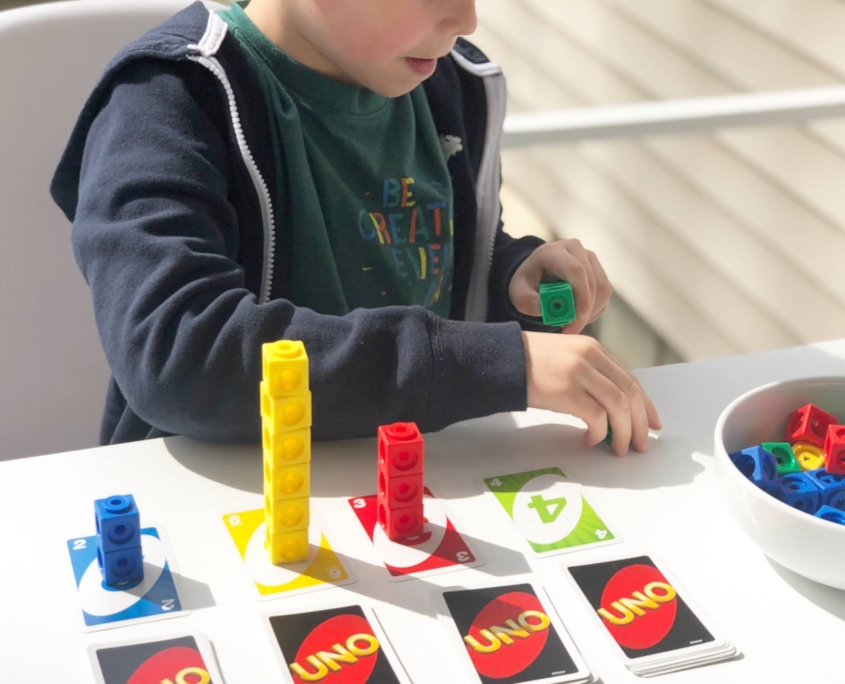

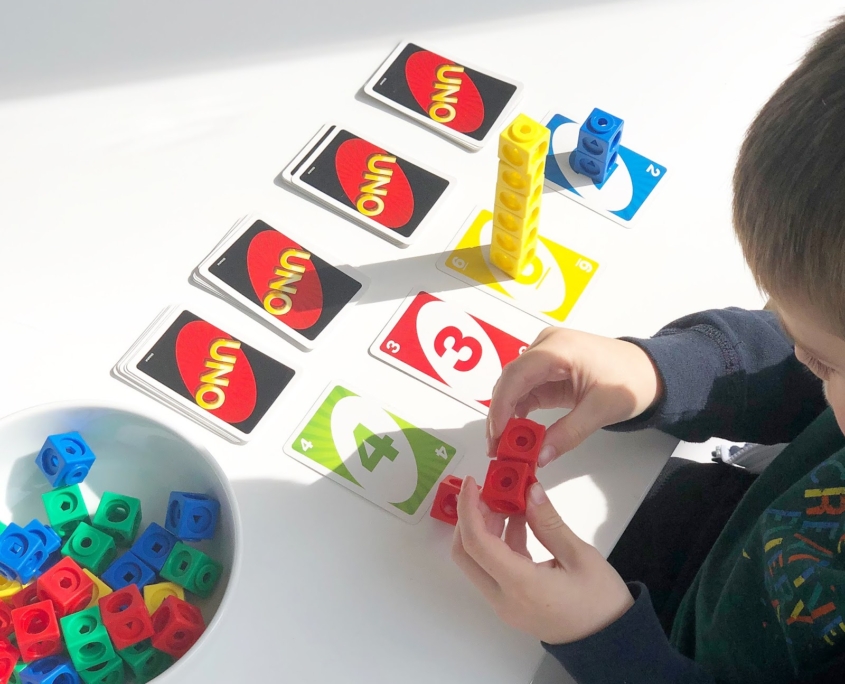
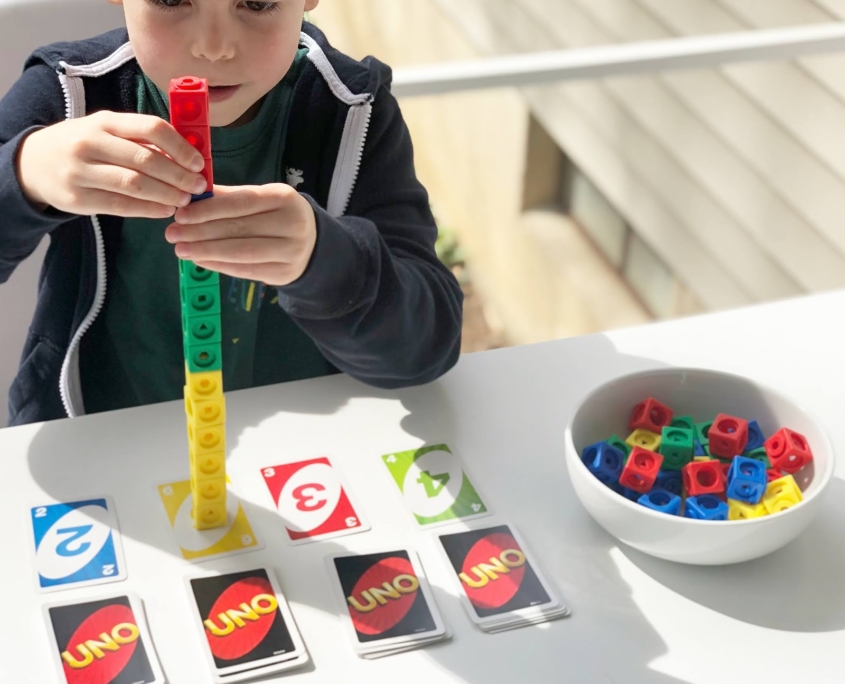
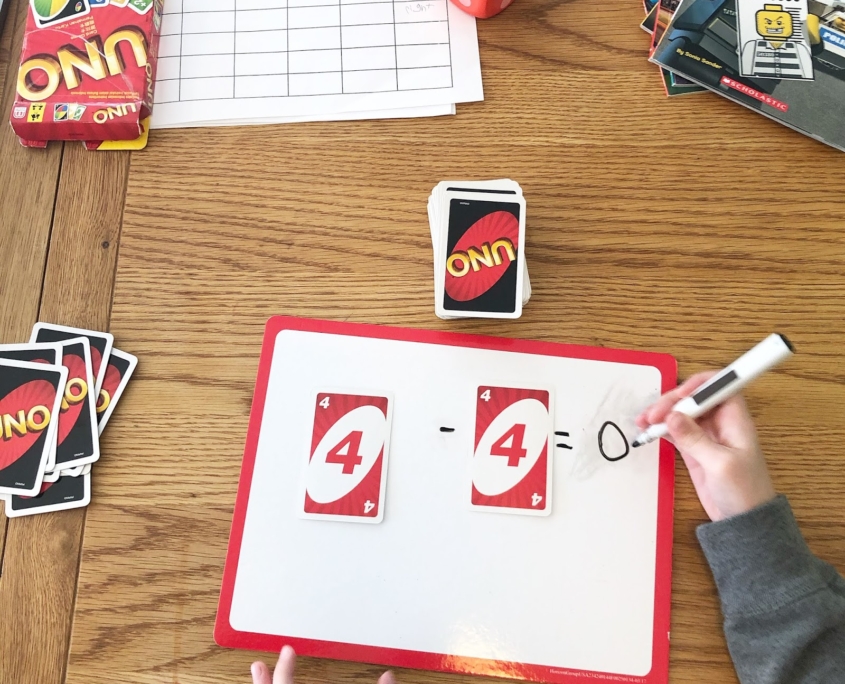
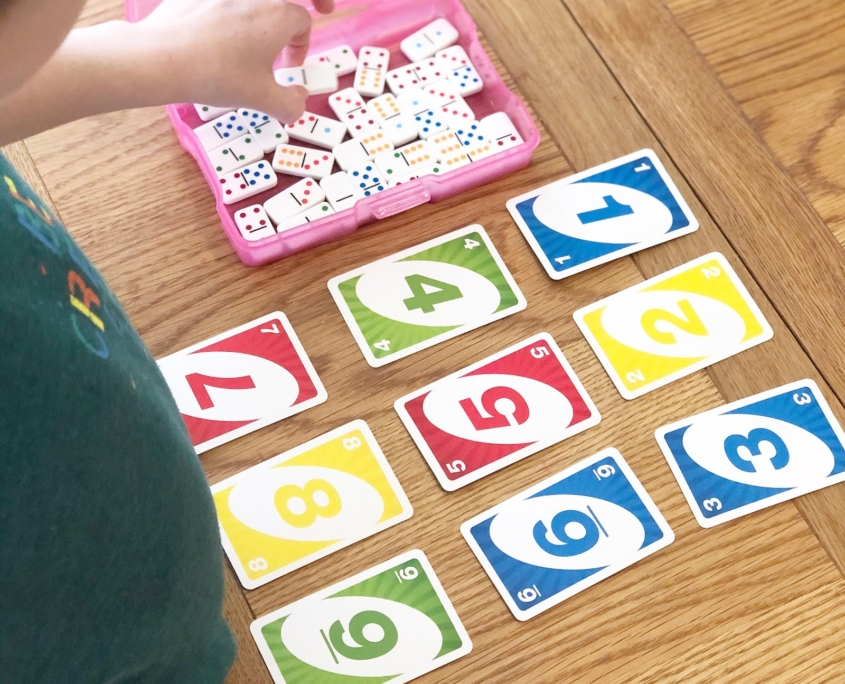

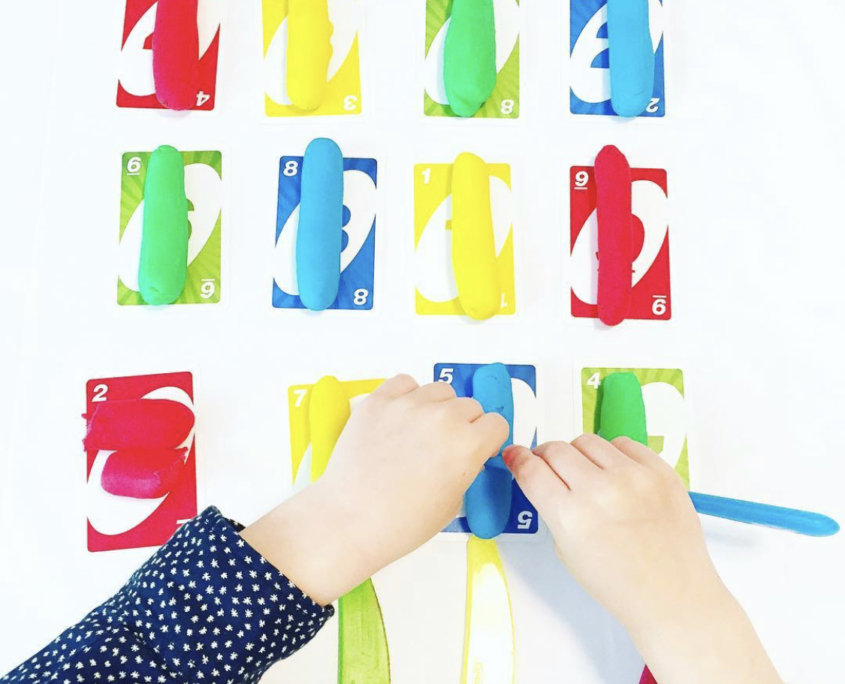
 edx education
edx education  Edx Education
Edx Education 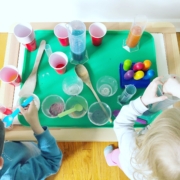 Edx Education
Edx Education 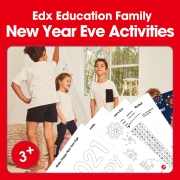 Edx Education
Edx Education 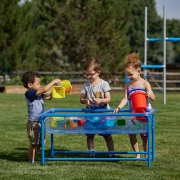
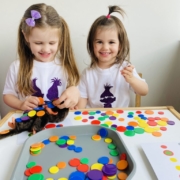 Edx Education
Edx Education  Edx Education
Edx Education Edx Education
Edx Education